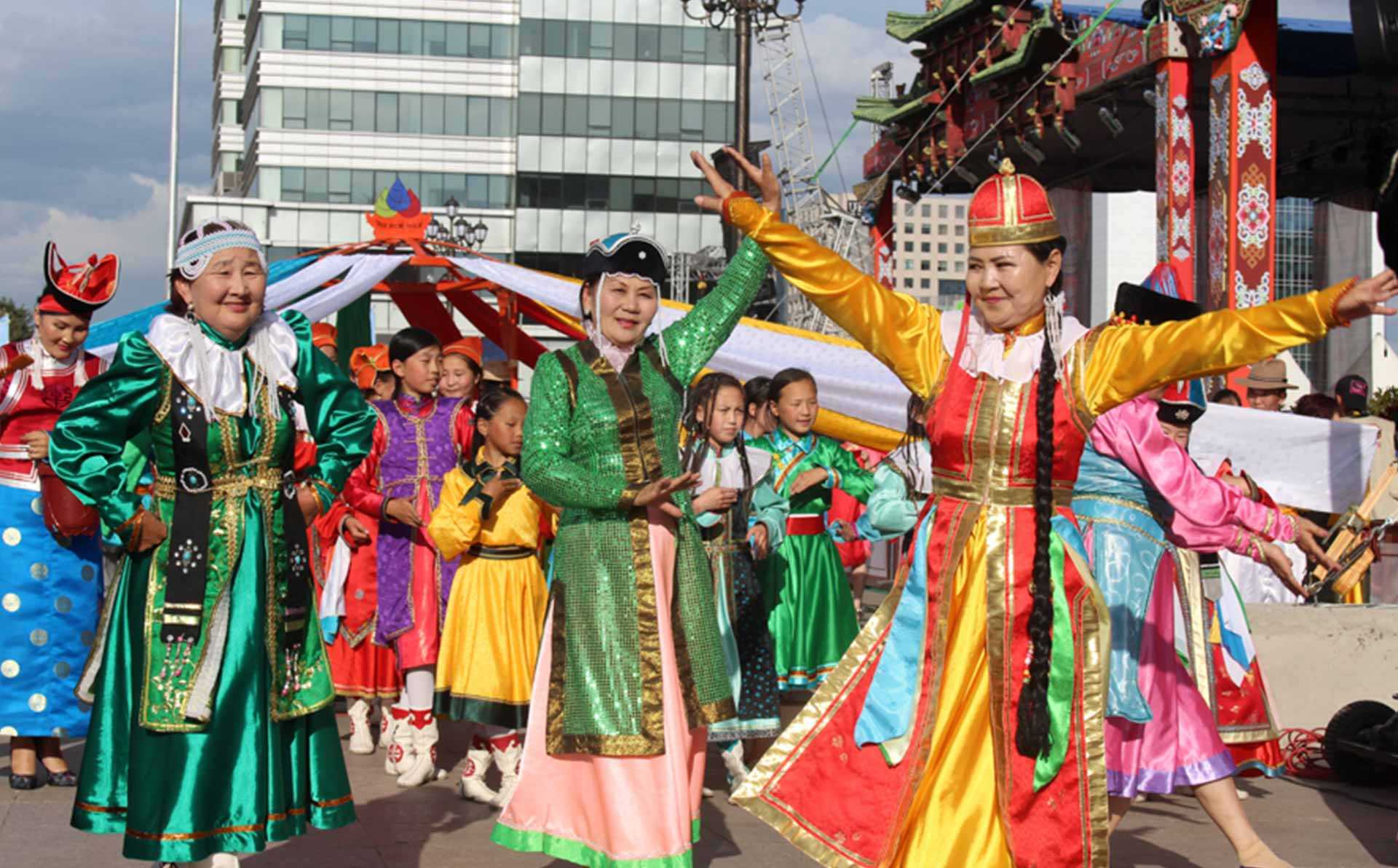
The Diverse Ethnic Tapestry of Mongolia
The Diverse Ethnic Tapestry of Mongolia

Mongolia, known for its vast steppes, rugged mountains, and nomadic heritage, is also home to a rich tapestry of ethnic diversity. This landlocked nation, bordered by Russia to the north and China to the south, boasts a variety of ethnic groups, each contributing to the country's unique cultural mosaic. Understanding the ethnic composition of Mongolia provides a deeper insight into its history, traditions, and the harmonious coexistence of its people.
The Khalkha Mongols: The Majority Group
The Khalkha Mongols are the largest ethnic group in Mongolia, making up approximately 80% of the population. Predominantly residing in the central and eastern regions, the Khalkha are the main drivers of Mongolia's cultural and political life. Their dialect forms the basis of the standard Mongolian language used in the country today.
Khalkha Mongols have a rich tradition of nomadic herding, which remains central to their way of life. They are known for their deep-rooted customs, such as the Naadam festival, which showcases traditional sports like wrestling, horse racing, and archery. Buddhism, particularly Tibetan Buddhism, plays a significant role in their spiritual and cultural practices.
The Kazakhs: A Distinct Minority
In the western province of Bayan-Ölgii, the Kazakhs represent the largest minority group in Mongolia. Numbering around 100,000, the Kazakhs are known for their distinct language, culture, and Islamic faith. They are particularly famous for their traditional practice of eagle hunting, where trained golden eagles are used to hunt game. This ancient tradition, celebrated in the annual Golden Eagle Festival, draws visitors from around the world.
The Dorvod and Other Oirat Groups
The Oirats, comprising several sub-groups such as the Dorvod, Bayad, and Torguud, are primarily found in western Mongolia. Historically, the Oirats were powerful tribes with their own khanates. Today, they maintain unique cultural practices, dialects, and traditions that distinguish them from the Khalkha majority. The Dorvod, for instance, have a rich oral tradition of epic poetry and storytelling.
The Buryats: A Cross-Border Ethnicity
The Buryats, who mainly reside in the northern regions near the Russian border, share cultural and linguistic ties with their counterparts in the Republic of Buryatia in Russia. Known for their shamanistic practices, the Buryats also practice Tibetan Buddhism. They have a rich tradition of folklore, music, and dance that reflects their deep connection to the Siberian landscape.
The Tsaatan: The Reindeer People
One of Mongolia's most unique and smallest ethnic groups is the Tsaatan, also known as the Dukha. Living in the remote taiga regions of northern Mongolia, the Tsaatan are semi-nomadic reindeer herders. Their way of life, closely tied to the reindeer, includes using these animals for transport, milk, and even companionship. The Tsaatan's shamanistic beliefs and practices are integral to their identity, and they are renowned for their profound knowledge of the taiga environment.
The Uriankhai, Khotgoid, and Other Smaller Groups
Mongolia is also home to several smaller ethnic groups, including the Uriankhai, Khotgoid, and Zakhchin. Each of these groups has its own distinct cultural practices, dialects, and histories. For example, the Uriankhai, primarily found in western Mongolia, are known for their archery skills and traditional music, while the Khotgoid in the northwest are recognized for their unique herding techniques and oral literature.
Conclusion: A Harmonious Mosaic
The diverse ethnic composition of Mongolia is a testament to its rich cultural heritage and historical significance as a crossroads of civilizations. Despite their differences, these ethnic groups coexist harmoniously, contributing to the nation's vibrant cultural landscape. Understanding the intricate tapestry of Mongolia's ethnicities not only enriches our appreciation of this fascinating country but also highlights the importance of cultural diversity in shaping a nation's identity.
Whether exploring the bustling capital of Ulaanbaatar or the remote, breathtaking landscapes of the countryside, the influence of Mongolia's ethnic diversity is evident and profound. Each group, with its unique traditions and ways of life, adds a distinctive thread to the beautiful and intricate fabric of Mongolian society.
